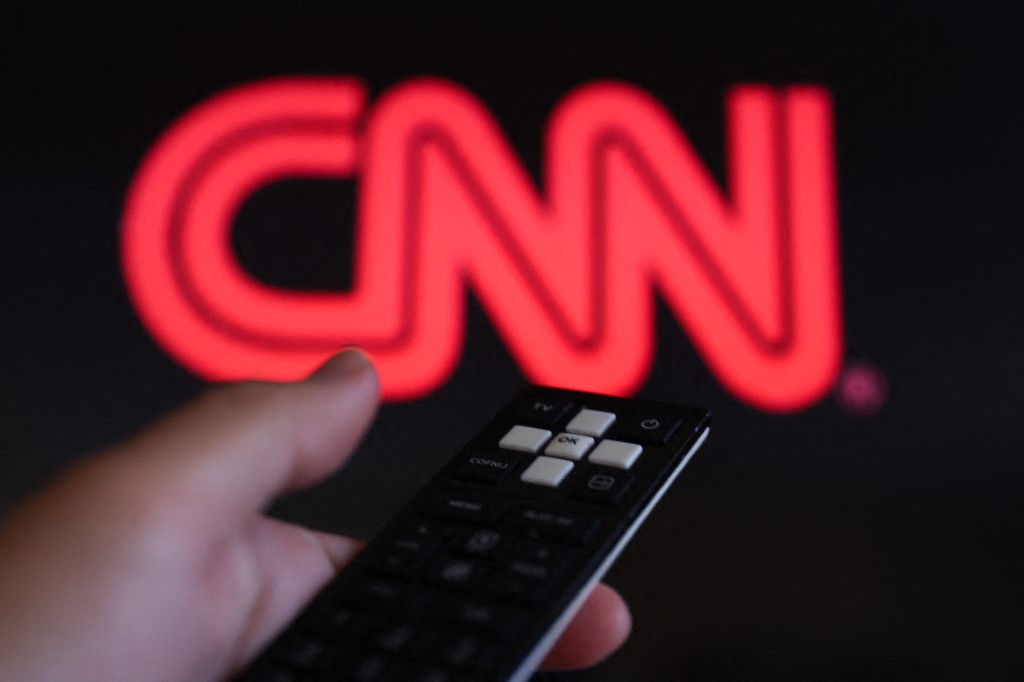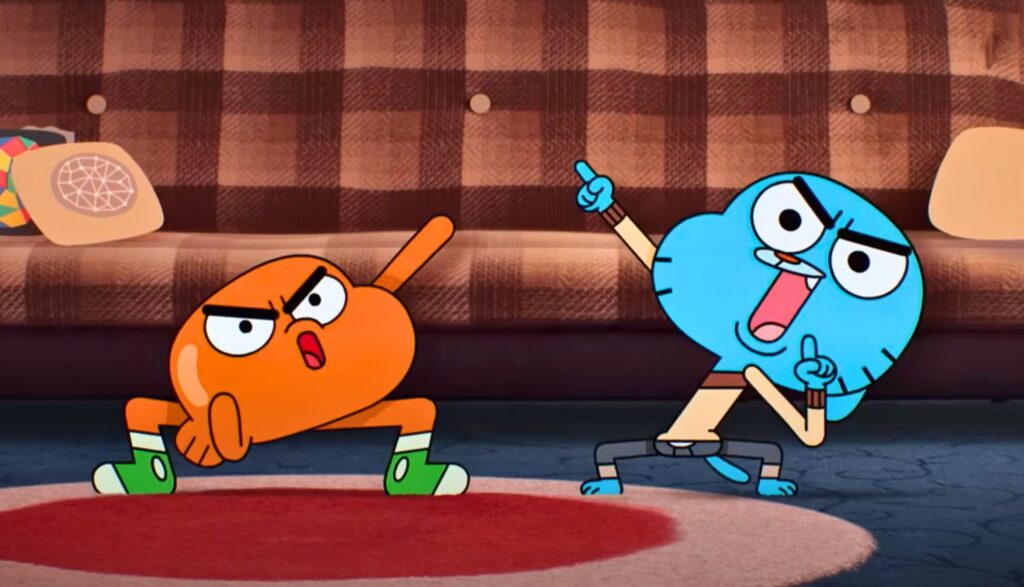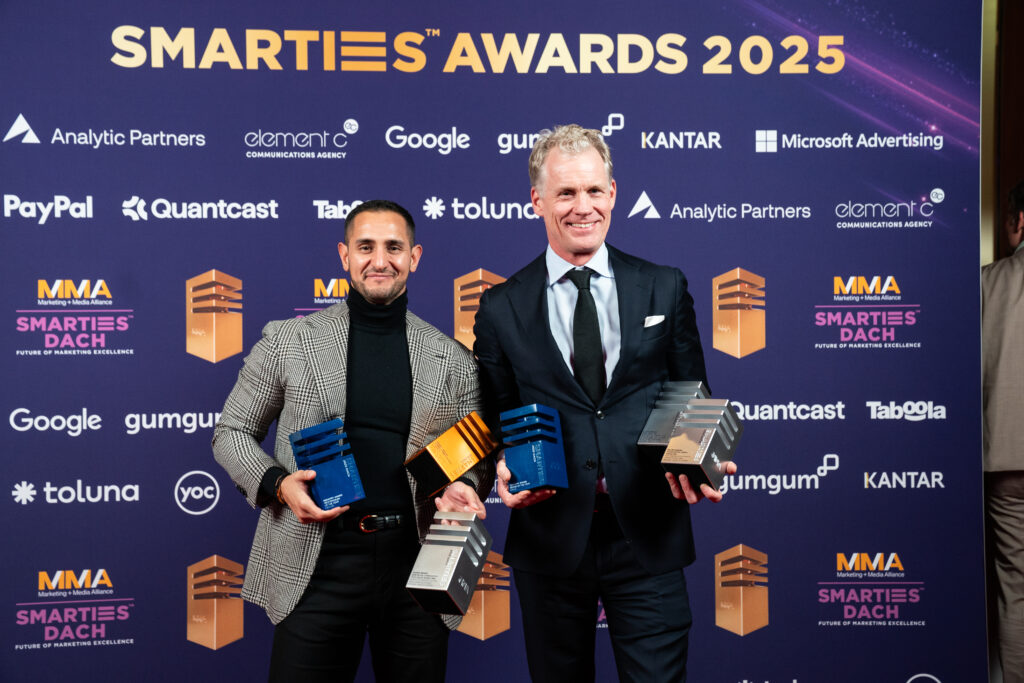Can you tell us more about the AIJE experiment? And what link it has to the general Epica jury?
The AI Jury Experiment (AIJE) was just that, an experiment, which we conducted during last year’s season at the height of the first ChatGPT craze. It was our first stab at finding out if an AI could evaluate ideas, albeit as elevator pitches, and produce repeatable results. The protocol was thorough but kept separate from the real judging process, and AIJE didn’t affect any official results whatsoever. We published the findings on their own, our humble contribution to the conversation. AIJE has evolved since, but we can get to that.
The Epica jury, basically, the cream of the cream of editors and journalists, mainly connected to the communication world, must have reacted oddly to this novelty. Can you share with us what reactions there were within the community at large about the AIJE?
Journalists are naturally curious, and so the Epica Awards always keeps tuned to what’s going on in the world. For example, we were the first award show to launch a Use of AI category, so this little venture was not all that shocking. The plan was unveiled at Cannes, where I gave a small demo to some of our jury members in attendance, and of course, they got it. I should stress, as I did then, that we are not looking to replace human evaluation and, in a way, the underlying goal of the experiment was to prove that impossibility.
AIJE started off in in 2023, yet this year you say there was an “Oppenheimer moment” related to it, can you tell us further what this means in practice?
Yeah, well, that’s where it gets interesting. The first iteration of AIJE was based solely on textual descriptions of creative ideas as provided by entrants, and only for a few applicable categories (you could forget about craft or anything visual). Since then, however, a few models came out that analyze images with some level of abstraction. You can imagine a pipeline where even videos are broken down into frames, their audio transcribed, and everything carefully processed together. An even bigger challenge was feeding integrated campaigns into the model, work presented with several films, case videos, and images together. When we got over that hill, and after some testing, I was so impressed that I had this “What have I done!” feeling, which I jokingly relate to Oppenheimer or even Frankenstein.
So, technically, AIJE works differently at this point. How was it incorporated in the EPICA jury?
AIJE can look at work across all categories, identify strengths and weaknesses, comment on precise aesthetic details, step back to study cultural significance, and at times, really blow your mind. Having been immersed in the world of creativity evaluation for over ten years, I had no idea what I was stepping into with this, and so also came the “Uncle Ben moment”. This was too much responsibility, and out of respect for our entrants and jurors, we couldn’t run the experiment publicly as just an interesting gimmick again this season—it would have been too careless. Therefore, this year instead, we’re confining it to our online jury as a support tool, in the form of a small pop-up jurors can choose to display for extra insights. Our very real journalists are currently voting, and they can also rate those AI analysis, which is a great way to get them involved while ironing out a few things.
AI is changing by leaps and bounds, how will this impact Epica, AIJE, or, in your opinion the advertising and communication at large?
There is a lot to say on the topic. Sorry to get a bit philosophical here, but we literally created a new form of intelligence. It’s a first in the long history of life and cannot be understated. Every few months, experts are revisiting their predictions, but today AGI (Artificial General Intelligence) is expected in the next couple years. And from my humble fidgeting with the technology, this doesn’t seem at all unrealistic. This means that, in a very near future, even the most difficult cognitive tasks will be replaceable and scalable. I reluctantly believe that will include creativity. Are you uncomfortable yet? By the way, I sincerely hope this interview ages badly.
Epica has been “breaking the mould,” as you say so often on your media channels. Are there any more surprises in store for the future?
Sure, let’s ignore for a second that we’re in uncharted science f iction territory, at the dawn of a civilizational paradigm shift of unprecedented significance, and talk shop. I’m currently focused on jury proceedings, making sure our journalists get the best possible experience and each entry a fair shot. In my free time, I’m also crafting a new Epica Awards film that we can use to introduce the ceremony, for example. You probably guessed it; this year I’m exploring AI video generation. Talk about leaps and bounds, what’s possible today is absolutely mind blowing and a lot of fun, with still plenty of room for creativity. Longer term, we’re very excited with what AIJE taught us, opening new avenues, notably with our sister company AdForum and its huge creative library, but I can’t speak about it yet.






